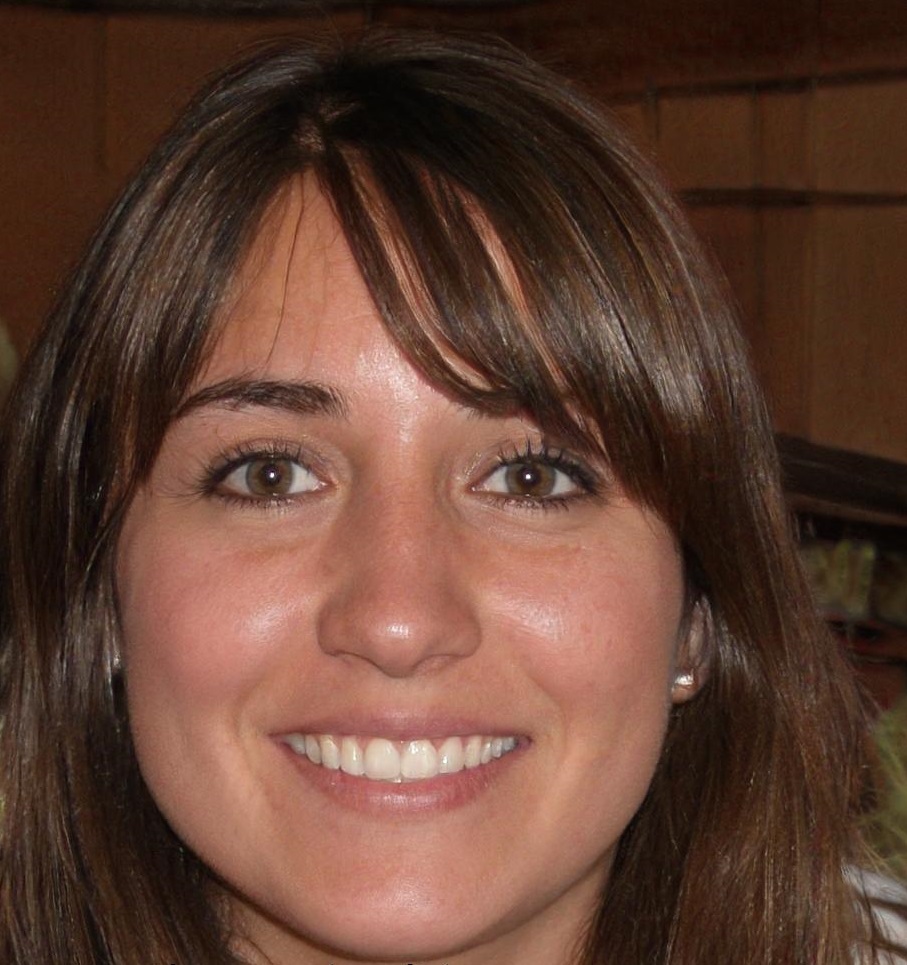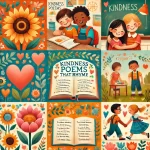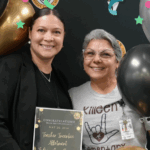Over a decade in the trenches of middle school – the land of slamming lockers, cafeteria alliances, and ever-evolving social dynamics – has taught me one crucial thing: fostering kindness is the bedrock of a positive classroom environment.
It’s not just about manners, it’s about weaving empathy and respect into the very fabric of our young adolescents’ lives. Here, I share three powerful short stories that capture the essence of kindness. Dive in, and let’s spark conversations that empower our students to become beacons of compassion and build a more inclusive learning community.
Here’re the 3 short stories…
The New Lunchbox
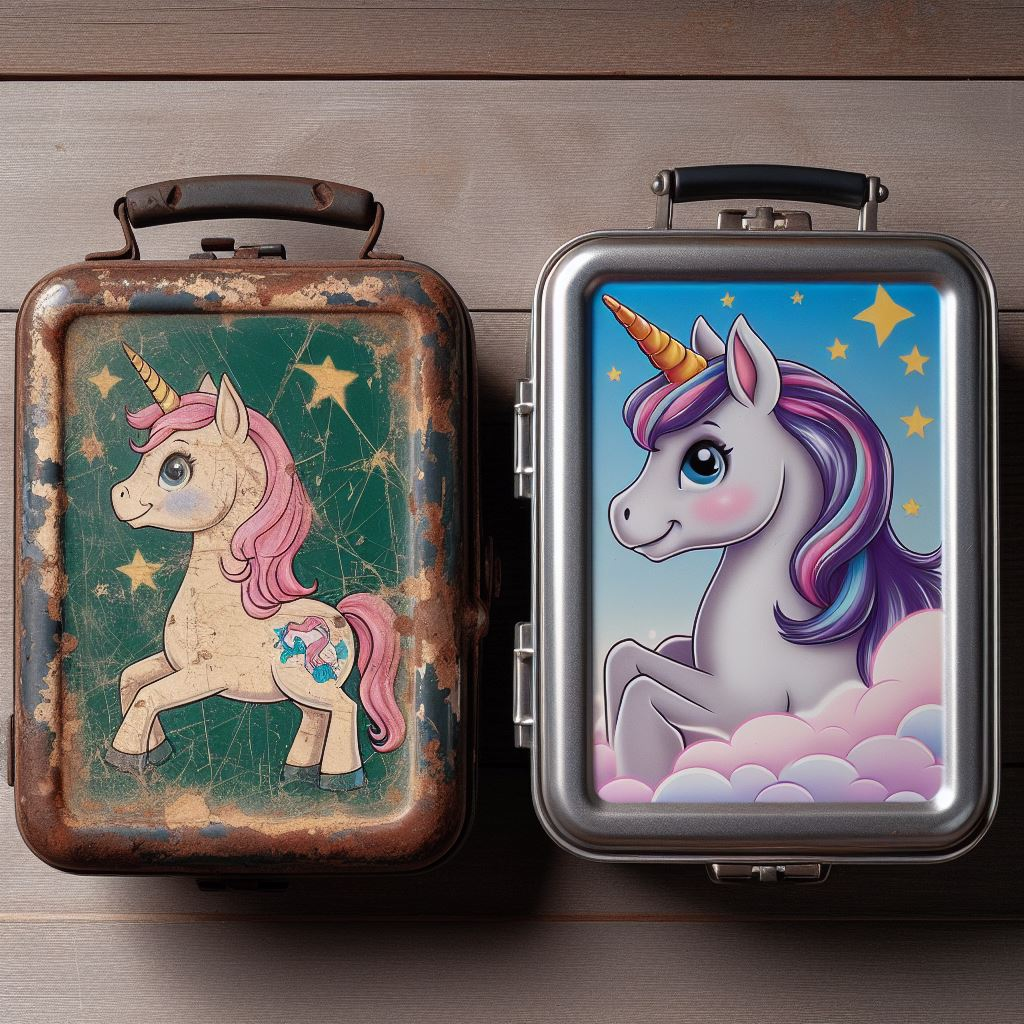
Maya clutched her old, dented lunchbox. It barely held her peanut butter sandwich, and the thermos wouldn’t keep anything warm. At school, everyone else had cool, new lunchboxes. Maya’s stomach churned, not just from hunger, but from a growing sadness.
During lunch, Sarah, the most popular girl in class, noticed Maya’s box. Instead of joining the usual crowd, Sarah sat next to Maya. “Cool lunchbox,” Sarah said with a smile. “Is that a unicorn?” Maya stared, surprised. The unicorn was a faded sticker from years ago. Sarah dug into her lunch and pulled out a shiny, new lunchbox. “Here,” she said, “mine is too much for me anyway.” Maya’s heart soared. Sarah’s kindness wasn’t about the lunchbox, it was about making someone feel included.
Moral
Kindness can be as simple as a smile and a conversation. It can make someone feel seen and valued, even with the smallest gesture.
The Big Game Jitters
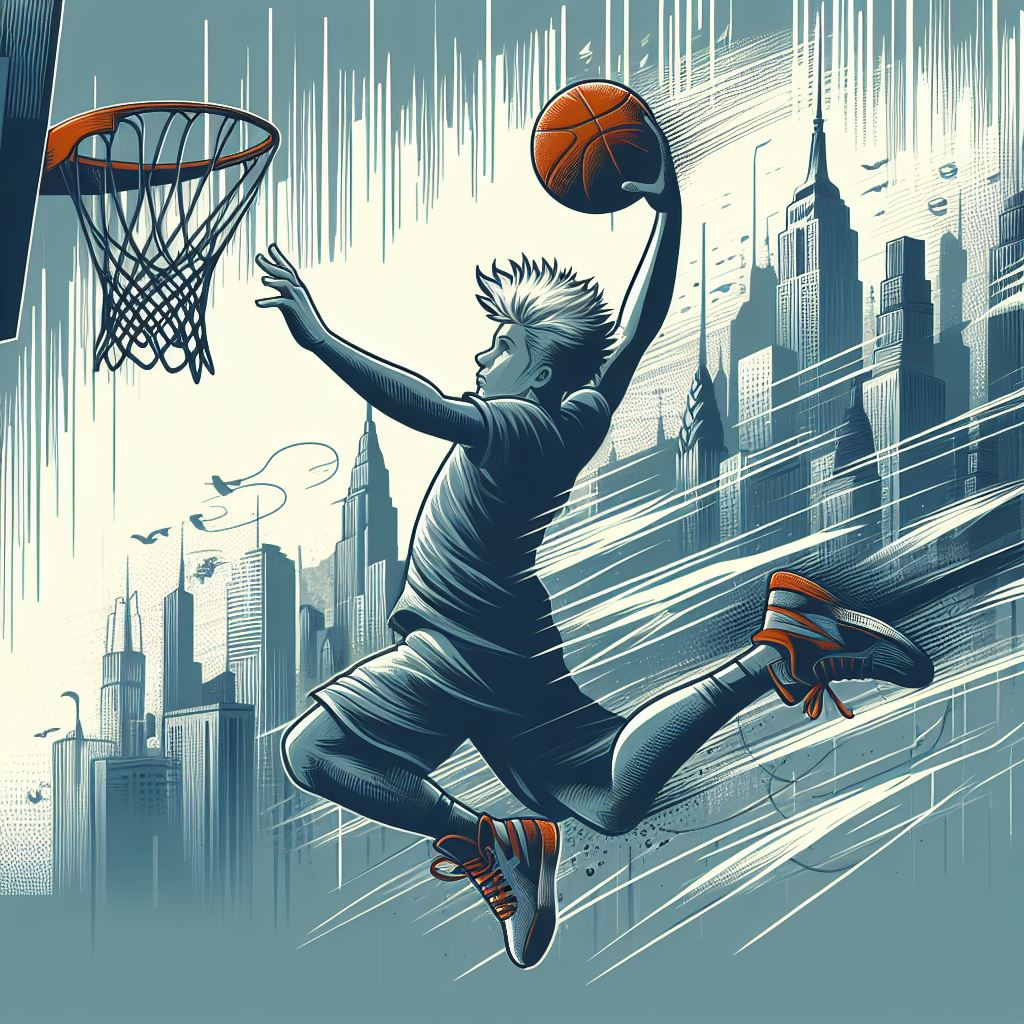
David gripped his basketball, his palms slick with sweat. It was the championship game, and his team was down by two points. David, usually the star player, fumbled the ball during a crucial play. Laughter erupted from the opposing team’s side. Shame burned in David’s chest.
Then, a hand landed on his shoulder. It was Chloe, the quiet girl from his science class. “We still have time,” she whispered, her voice firm. “You got this.” David looked at her determined face. Shame turned to resolve. He took a deep breath, focusing on Chloe’s belief in him. He snatched the ball, weaved through players, and scored the winning shot.
Moral
True friends believe in you even when you doubt yourself. Their kindness can give you the strength to overcome challenges and achieve your goals.
The Art of Inclusion
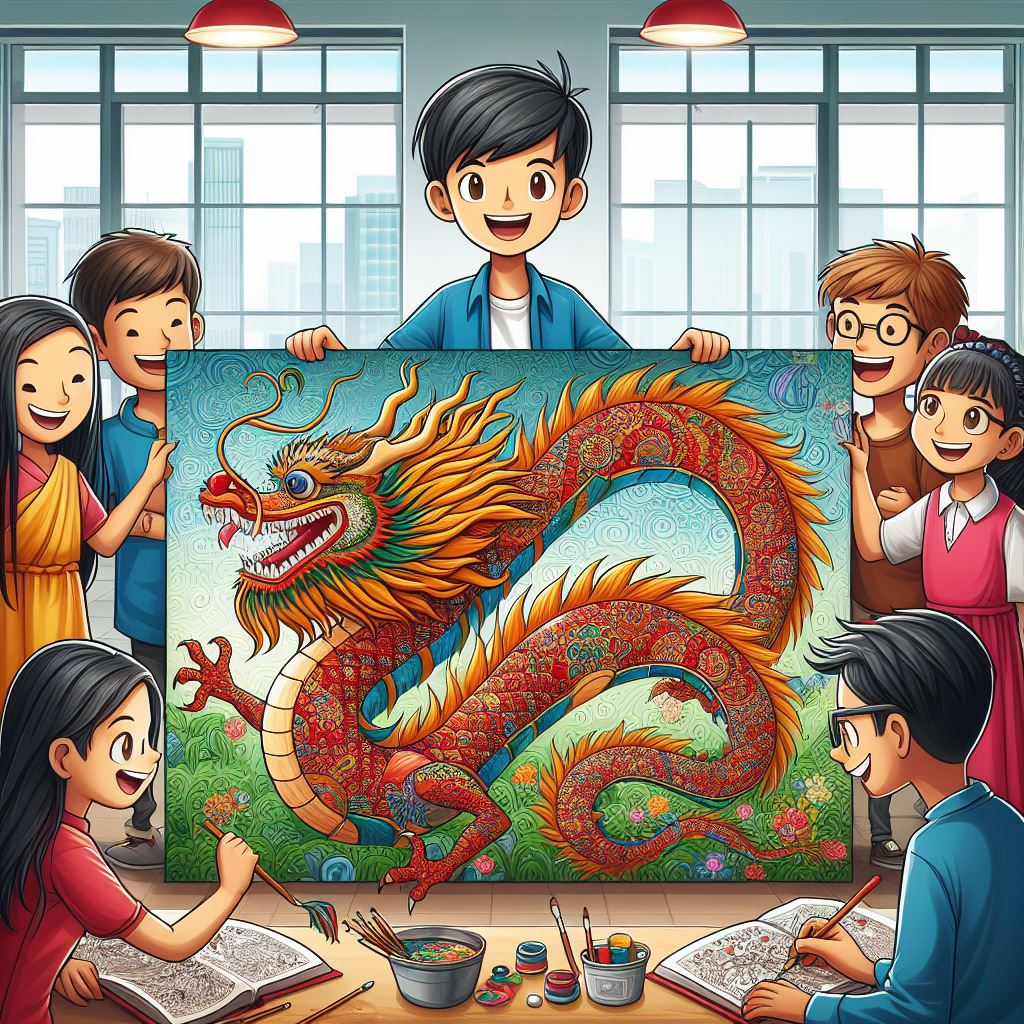
The art club was buzzing with activity. Everyone was painting for the upcoming school fair, except Liam. He sat alone, fiddling with a half-finished drawing. Liam had autism and sometimes found social situations overwhelming. Maya, known for her bright colors and friendly personality, noticed Liam. She walked over and offered to share her paints. “Wow, that’s an awesome dragon!” Maya exclaimed, looking at Liam’s drawing. Liam, surprised, shyly explained his idea. Soon, Maya and other kids were gathered around Liam, offering suggestions and encouragement. Together, they created a masterpiece for the fair, a vibrant symbol of inclusion and creativity.
Moral
Sometimes kindness involves reaching out to those who seem different. It’s about creating a space where everyone feels welcome and can contribute their unique talents.
Planting the seeds of kindness through inspiration
We, as educators and parents, wield the incredible power to cultivate kindness in our students – these impressionable young minds. These stories are like rocket fuel, ready to launch us into powerful discussions about empathy, inclusion, and the butterfly effect of even the smallest acts of compassion.
Let’s leverage these narratives to empower our middle schoolers to become the change they crave in the world – a change ignited by a simple smile, a helping hand extended, or a shared paintbrush. Remember, the future they build starts with the seeds we sow today.

